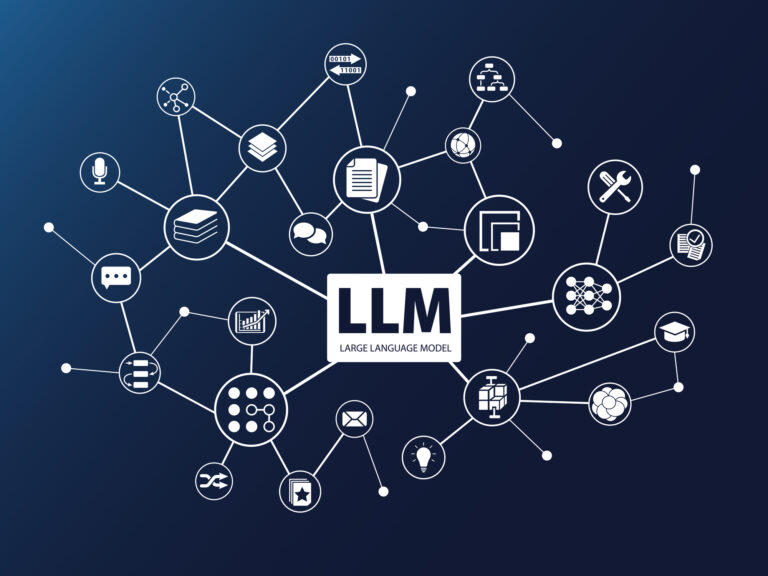Merging Models
One of the challenges faced by large language models is handling large and complex input spaces (language and application domains and specific tasks), which requires significant computational resources to respond adequately. There are several approaches to address these difficulties. Today we will talk about Model Merging.
The term “model merging” refers to a model architecture where multiple models are combined to form a larger and more complex model. This idea is based on the notion that different parts of the model can specialize in specific tasks, and the combination of their outputs improves the overall performance of the model. This allows knowledge to be distributed efficiently and increases processing speed by dividing the work among several models, resulting in faster and more effective performance in solving complex problems.
In a model merging setup, each model is responsible for performing well on a particular task or dataset. A “combiner” then weights the outputs of these models to produce the final response of the model. This approach can help address problems where relevant information for a specific task is distributed unevenly or non-linearly across the data.
Thus, the implementation of a model merging could mean that different parts of the meta-model specialize in understanding and generating different types of content or linguistic contexts. This could improve the meta-model’s ability to handle a wider variety of queries or tasks. This is, of course, a simplified description; specific implementations may vary depending on the model designs and the task to which they are applied.
For example, a model merging could be implemented as follows:
– A model could specialize in understanding and generating factual text, while another model could specialize in understanding and generating creative text.
– A model could specialize in translating between languages, while another model could specialize in answering questions.
– A model could specialize in writing different types of creative content, such as poems, code, scripts, musical pieces, emails, letters, etc., while another model could specialize in generating different types of text formats, such as summaries, paraphrasing, outlines, etc.
By combining the strengths of multiple models, LLMs (Large Language Models) can learn to perform a wider variety of tasks more efficiently.
The benefits of using a mix of experts could be summarized as:
– Better Performance: As mentioned, model merging can help improve the performance of LLMs applied to different tasks. This is because each model can specialize in a specific task, allowing the model to leverage the strengths of each model and increase its versatility.
– Greater Efficiency: Model merging can help improve the efficiency of LLMs. This is because each model only needs to learn to perform a specific task, reducing the amount of training data needed.
– Greater Flexibility: Model merging can help improve the flexibility of LLMs. This is because models can be easily added or removed, allowing the model to adapt to new tasks or data. By being able to add new models at any time, the model evolves more easily than retraining it from scratch.
As always, there are drawbacks. In this case, three can be cited:
– Complexity: Training and managing a model merge can be more complex than a single model.
– Interpretability: It can be difficult to understand how a model merge makes decisions, making it harder to debug and improve the model.
– Resources: Serving a model merge can require more computational resources than a single model when considering all models separately.
At LHF, we have experience building such architectures, which we have used to solve problems such as:
– Extraction of Structured Information from Natural Language: It’s common to find names, certifications, addresses, and identifiers expressed in a very heterogeneous manner. A clear example is the multitude of date formats that exist, many of which require linguistic context to be deciphered.
– Conversational Interaction: A model merge remains a language model that allows for conversations with users. Given the described characteristics, they are ideal for interaction because they generally have more knowledge and “other points of view.”
– Tool Management through an Agent: The current state-of-the-art in model merges has shown good results in the use of tools by natural language-based agents. This opens a door to the future for creating autonomous agents capable of assisting users.






